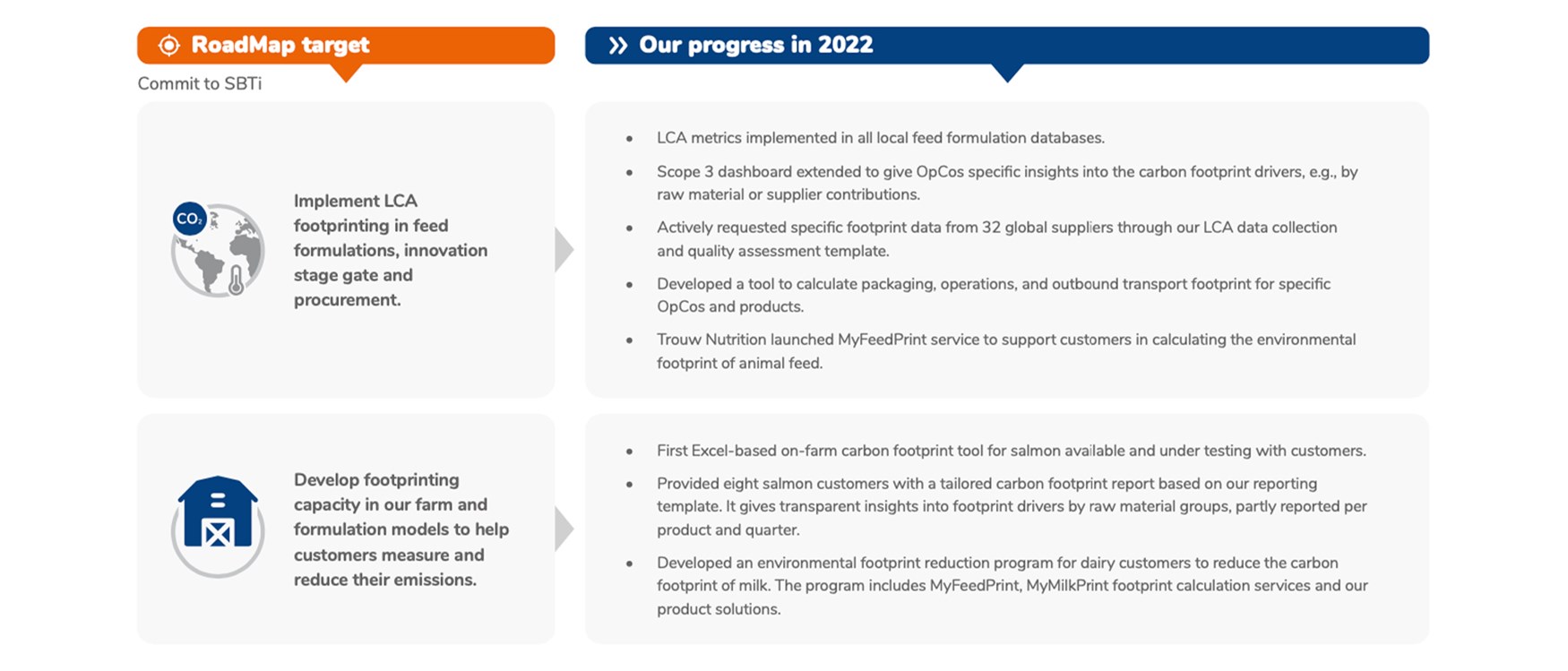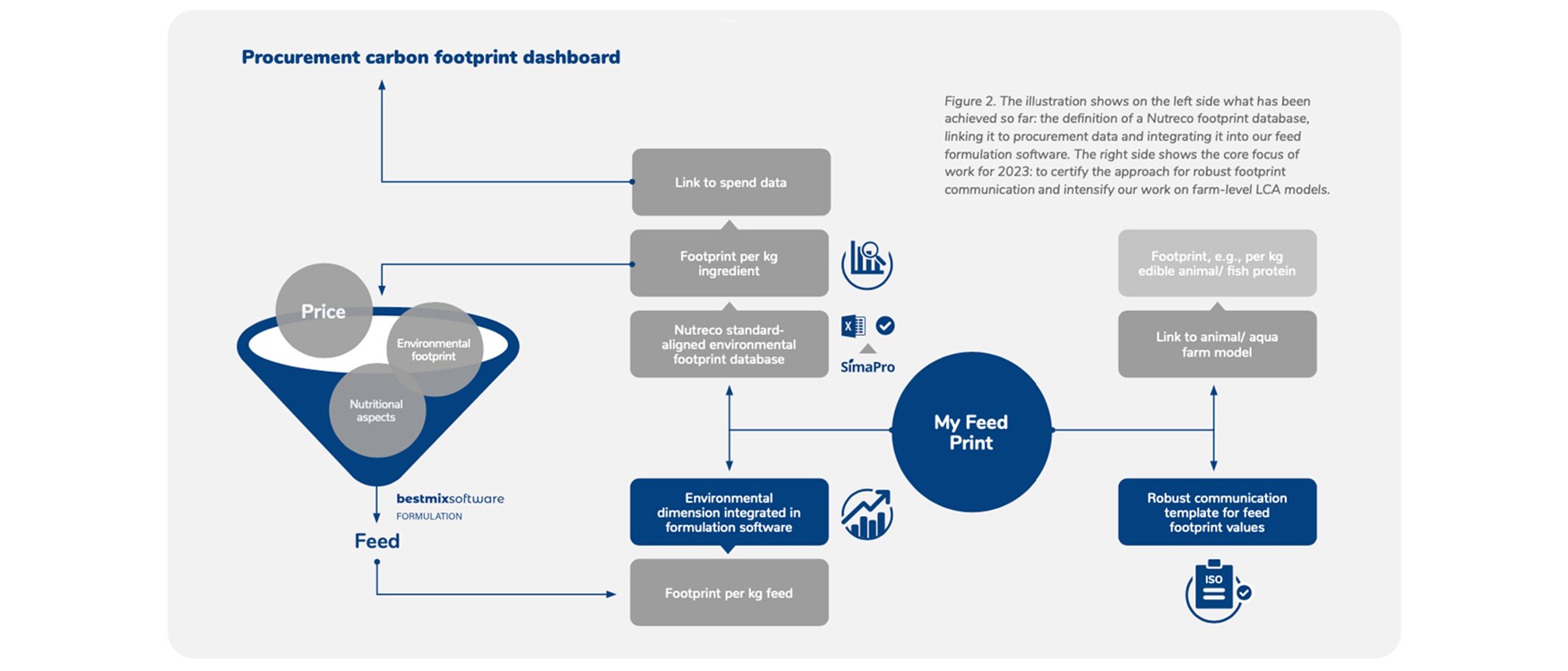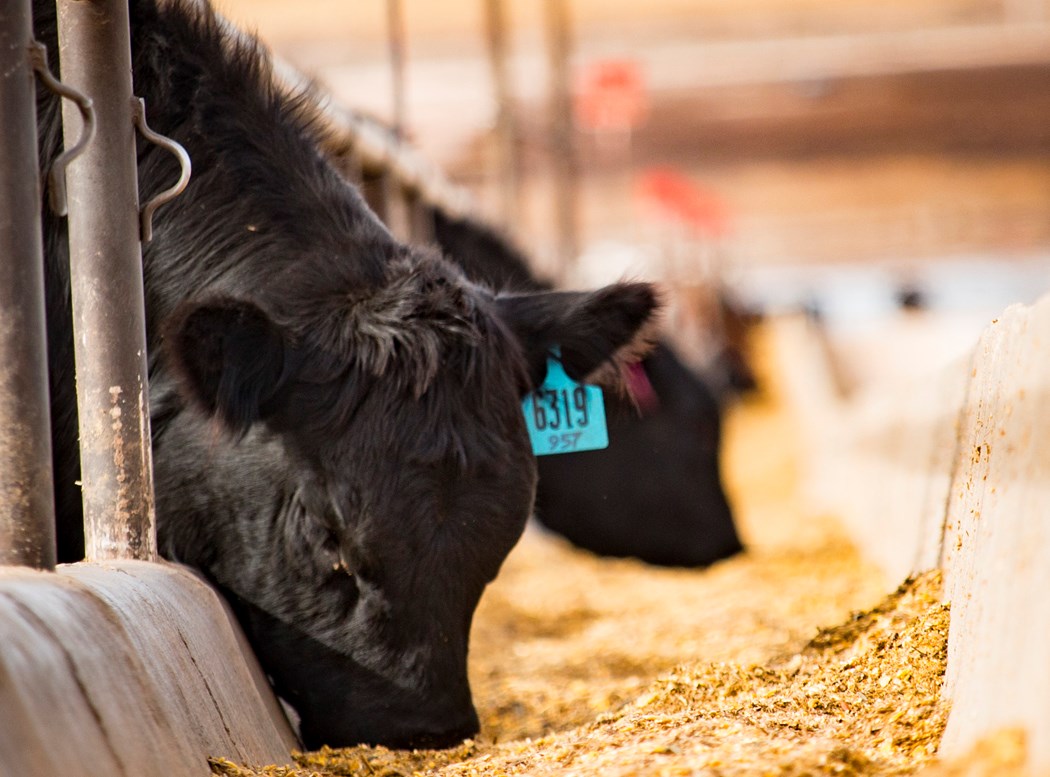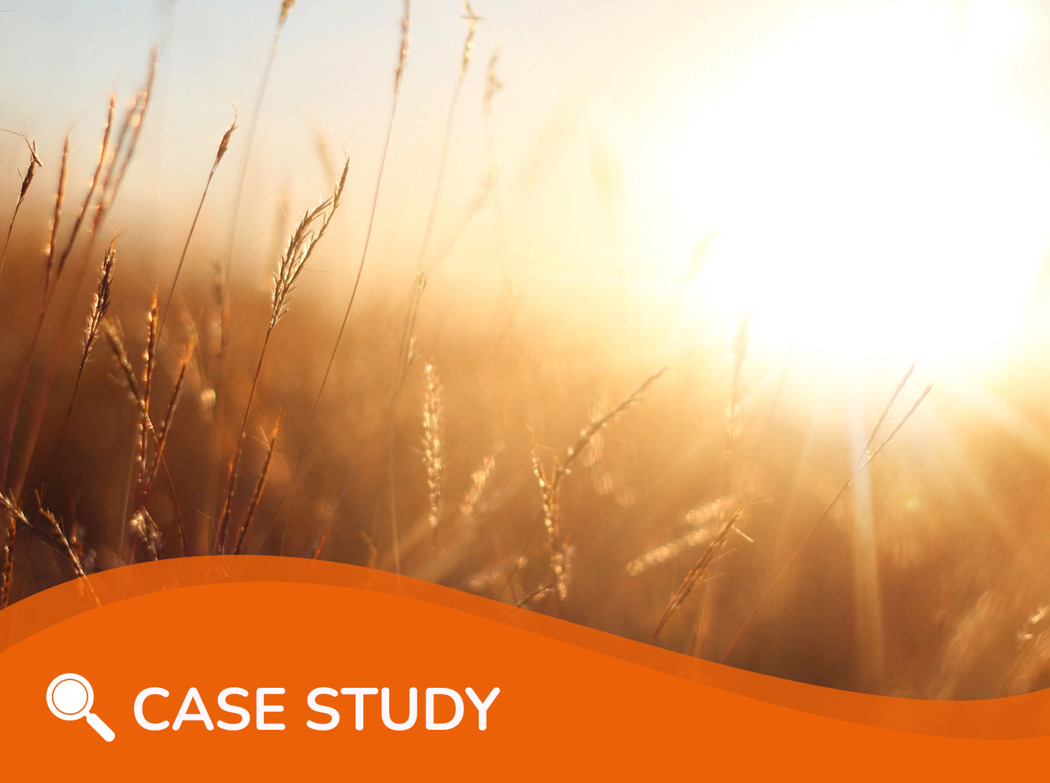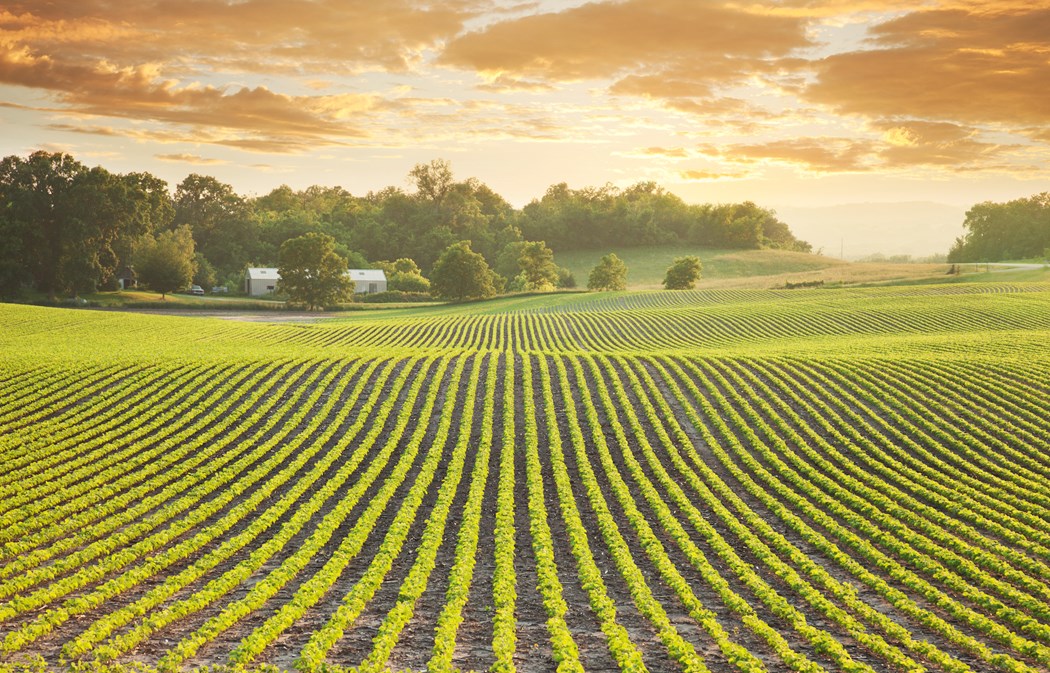
While we made good progress in 2022, we still have more to do. One area we continue to work to improve is data quality, an important aspect often not well addressed when footprint metrics are calculated and communicated. Our current scope 3 baseline and the ingredient-related footprint of our products is mainly based on average or secondary data. While this is consistent with LCA standards, and we only source information from quality-assured LCA databases, there are still uncertainties associated with average or secondary data. To achieve more accurate calculations and to differentiate better between the performance of our suppliers, we need to collect more primary data.
